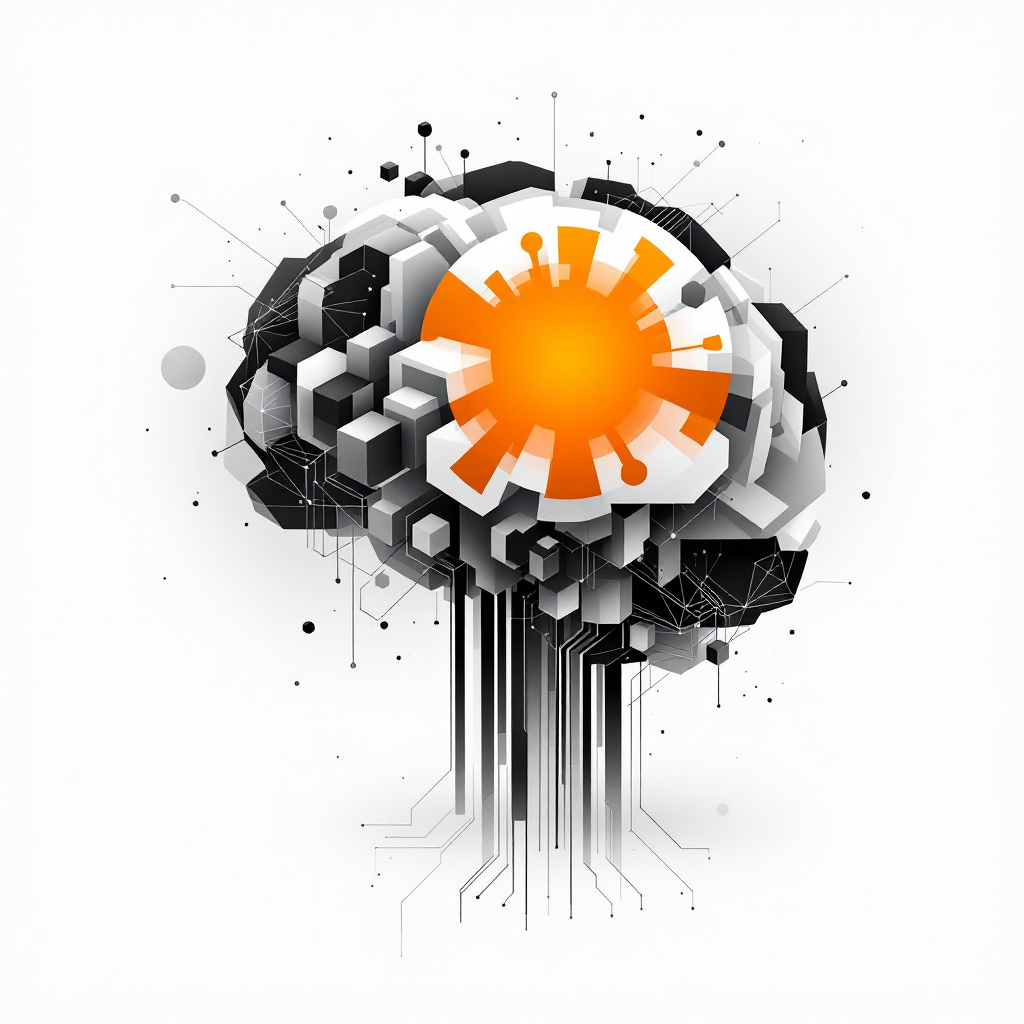.png)
Why Upskilling Your People (and Yourself) in AI Is the Real Competitive Edge
%20in%20AI%20Is%20the%20Real%20Competitive%20Edge-1.jpg)
AI has moved beyond the hype, or about leaders daydreaming about its futuristic possibilities or theoretical case studies. It has arrived and is already reshaping how businesses operate, compete, and scale. But while many organizations rush to implement AI tools, far fewer are investing where it matters most: preparing their people to use AI effectively.
Technology can be bought. Real capability, the kind that creates lasting advantage, has to be built. And it’s built through training. Not just for technical teams or data specialists, but for leaders, managers, and frontline employees alike. If you want AI to become a source of real transformation, not just a side project, it starts with how well you train your people to think differently, work differently, and lead differently.
Why AI Training Is No Longer Optional
It’s tempting to believe that AI tools are self-explanatory. That you can plug them in and start seeing results. But technology without understanding rarely drives meaningful change. According to PwC’s 2024 CEO Survey, 74% of CEOs say they are concerned about whether their teams can upskill fast enough to keep pace with AI innovation.
That statistic should set off alarms. Without the right skills behind the scenes, even the most sophisticated AI deployments risk failure, either through underuse, misalignment with business goals, or erosion of trust within teams.
AI Training Needs to Reach Every Layer of the Organization
In the early days of AI, technical expertise lived primarily within IT and engineering teams. Today, AI touches every part of the organization. Executives must understand AI’s strategic opportunities and risks so they can lead AI-driven initiatives intelligently. Managers need to know how to integrate AI into workflows and processes without overwhelming their teams. Frontline teams must be equipped not only with AI tools, but also with the training to use them confidently, responsibly, and creatively.
This isn't about turning everyone into a data scientist. It's about ensuring that people at every level know how to collaborate with AI, make smarter decisions with its help, and recognize when human judgment still needs to take the lead.
Why Leadership Has to Lead by Learning
Leadership teams often view AI adoption as something they approve, oversee, or delegate. But if leaders themselves aren’t engaged in learning, the transformation won’t stick. You can’t lead what you don’t understand.
The best AI-driven companies don’t just have great technologists but leadership teams who model curiosity, resilience, and a commitment to continuous learning. And that creates a ripple effect throughout the entire organization.
What AI Training Should Actually Cover
Many companies fall into the trap of offering superficial AI training that only cover the platform walkthroughs, basic tool demos, and little else. But training for real AI readiness needs to go deeper.
Strong programs cover strategic thinking, teaching leaders and teams how AI will reshape markets, customer expectations, and business models. They build critical evaluation skills, helping employees question AI outputs intelligently rather than accepting them at face value. They address ethics and governance, ensuring that systems are deployed responsibly, transparently, and with an understanding of broader societal impacts. And they prepare teams for human-AI collaboration, rethinking workflows and decision-making so that machines and people amplify each other’s strengths.
Good AI training teaches people how to think differently about the role of technology in their work, and how to adapt in a world where change is constant.
A Real-World Example: How Verizon Trained for AI Success
When Verizon launched AI-powered digital assistants for customer support, they didn’t simply push technology onto employees and hope for adoption. They launched a company-wide AI training initiative that reached agents, managers, and leadership teams alike.
Customer support agents were trained to work alongside AI assistants, allowing bots to handle repetitive inquiries while humans focused on complex or emotionally sensitive cases. Managers were trained to rethink performance metrics and success measures in an AI-supported environment. Leadership committed to learning how AI could create long-term customer value, not just short-term cost savings.
The results were clear: a boost in customer satisfaction, improved operational efficiency, and higher employee engagement levels. Verizon’s experience shows that AI training shouldn’t be an HR initiative or a technical requirement. It’s a business strategy.
Building the Real Competitive Advantage
AI is evolving rapidly. New tools, new capabilities, new possibilities emerge every month. But the ability to think critically about AI’s role, to deploy it intelligently, and to integrate it into business strategies, that capability rests with people.
In the future, we’ll see upskilling become an ongoing leadership responsibility. The organizations that invest in their people today are building the edge they’ll need for tomorrow. And it’s a race that has already begun.







